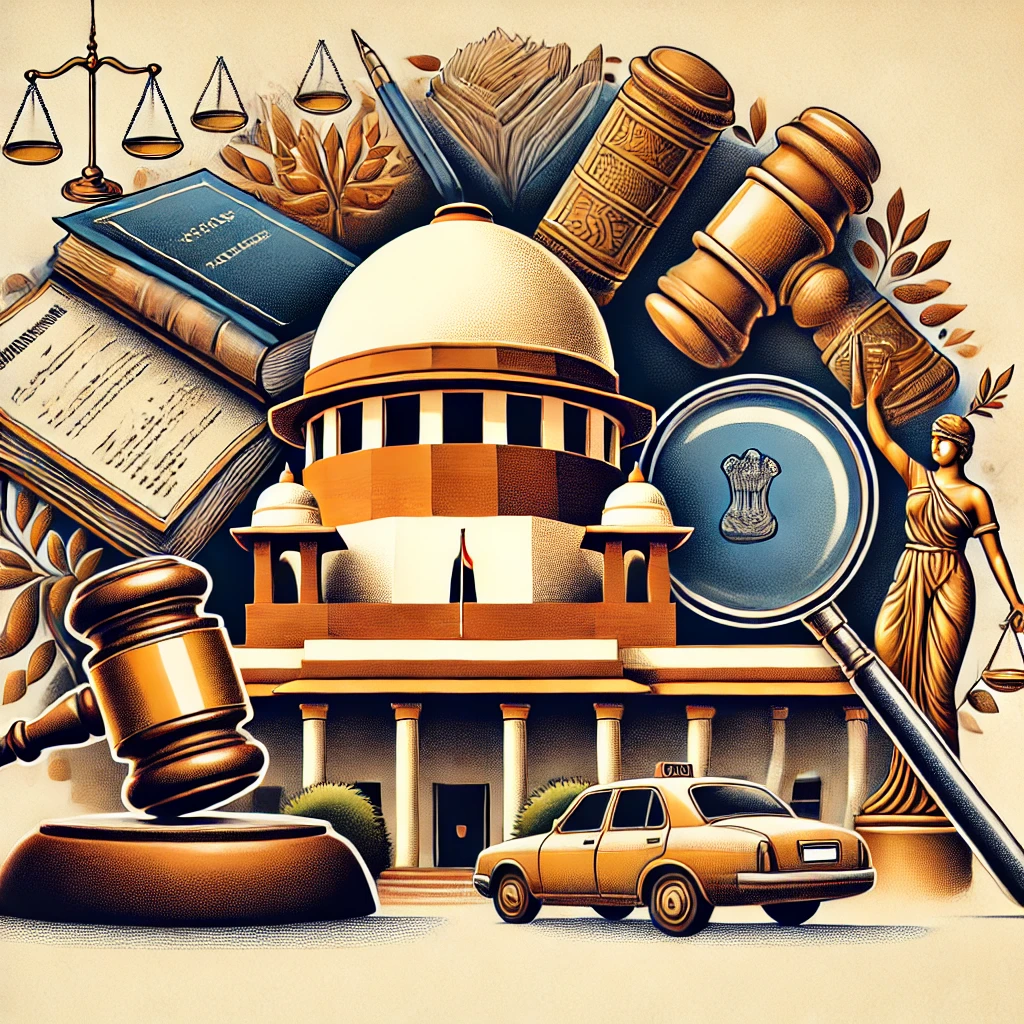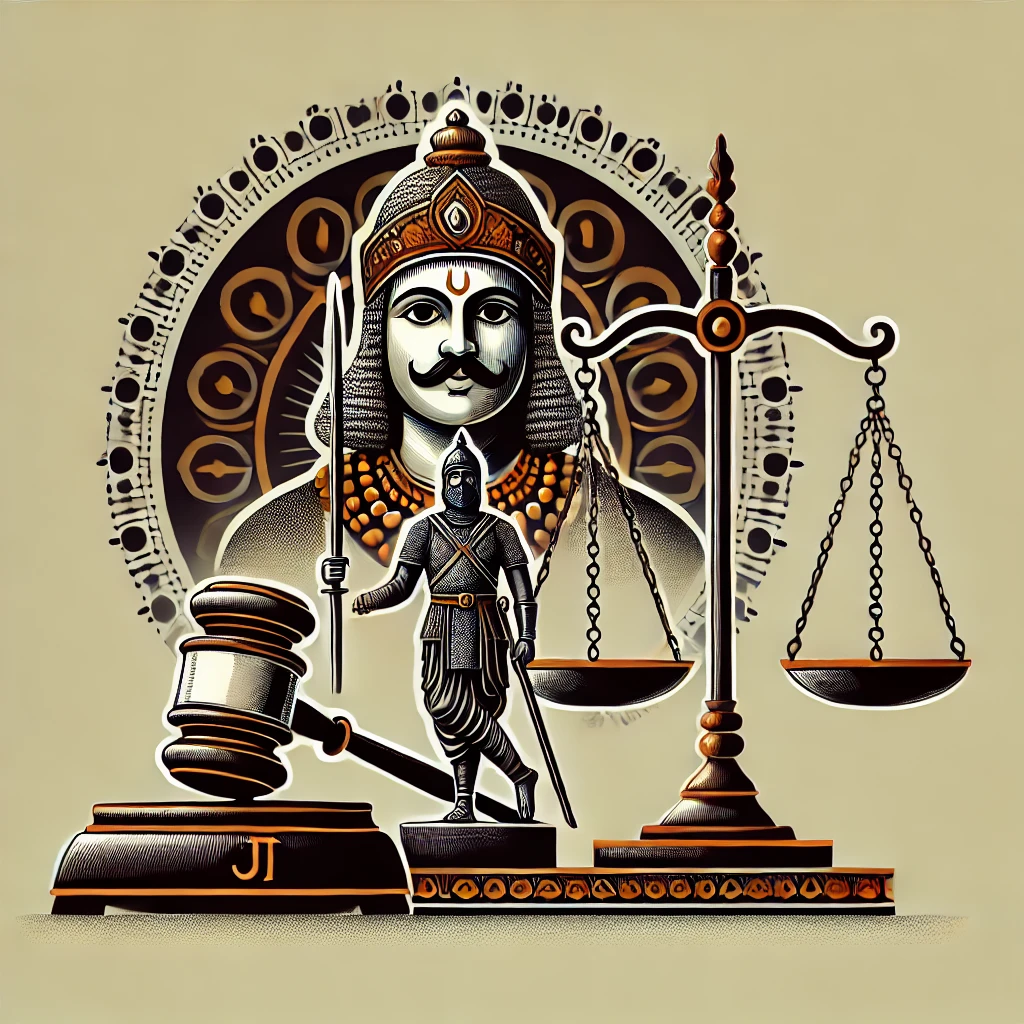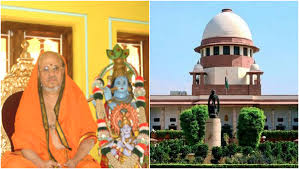Supreme Court Issues Guidelines to Curb Misuse of ED Summons
- ByAdmin --
- 04 Mar 2025 --
- 0 Comments
The Supreme Court of India recently issued a set of binding guidelines aimed at curbing the misuse of summons powers by the Enforcement Directorate (ED) under the Prevention of Money Laundering Act (PMLA). Delivered by a bench led by Justice Vikrant Singh, the guidelines come in response to increasing complaints from citizens, businesspersons, and political figures about arbitrary, repetitive, and harassment-driven summons issued by the ED.
Background
The ED, empowered under the PMLA, plays a key role in investigating money laundering and economic crimes. However, its growing tendency to issue indiscriminate summons without clear cause has led to widespread litigation. In a batch of connected petitions, parties alleged that the ED’s summons were being weaponized to harass individuals, force unnecessary disclosures, and even pursue political vendettas.
Guidelines Issued by the Supreme Court
Justice Vikrant Singh laid down comprehensive directions:
1. Reasoned Summons: Each summons must clearly state the purpose of the inquiry, the specific sections invoked, and the precise documents required.
2. No Rote Summons: Repetitive, boilerplate summons that demand documents already submitted would be considered abuse of process.
3. Personal Appearance Only When Essential: The Court ruled that personal attendance should only be mandated when the presence of the individual is indispensable to the investigation.
4. Time-bound Redressal: Any complaint against ED harassment must be reviewed by a judicial magistratewithin seven days.
Broader Implications
Legal experts have hailed the decision as a rebalancing of investigative powers and civil liberties. The guidelines inject transparency and accountability into the ED’s functioning, ensuring that its powers are used for lawful investigations rather than harassment.
Conclusion
The Supreme Court’s intervention represents a significant milestone in limiting the unchecked power of investigative agencies, striking a careful balance between law enforcement efficiency and citizens’ rights.










































































































































































































































































































































































































































0 comments